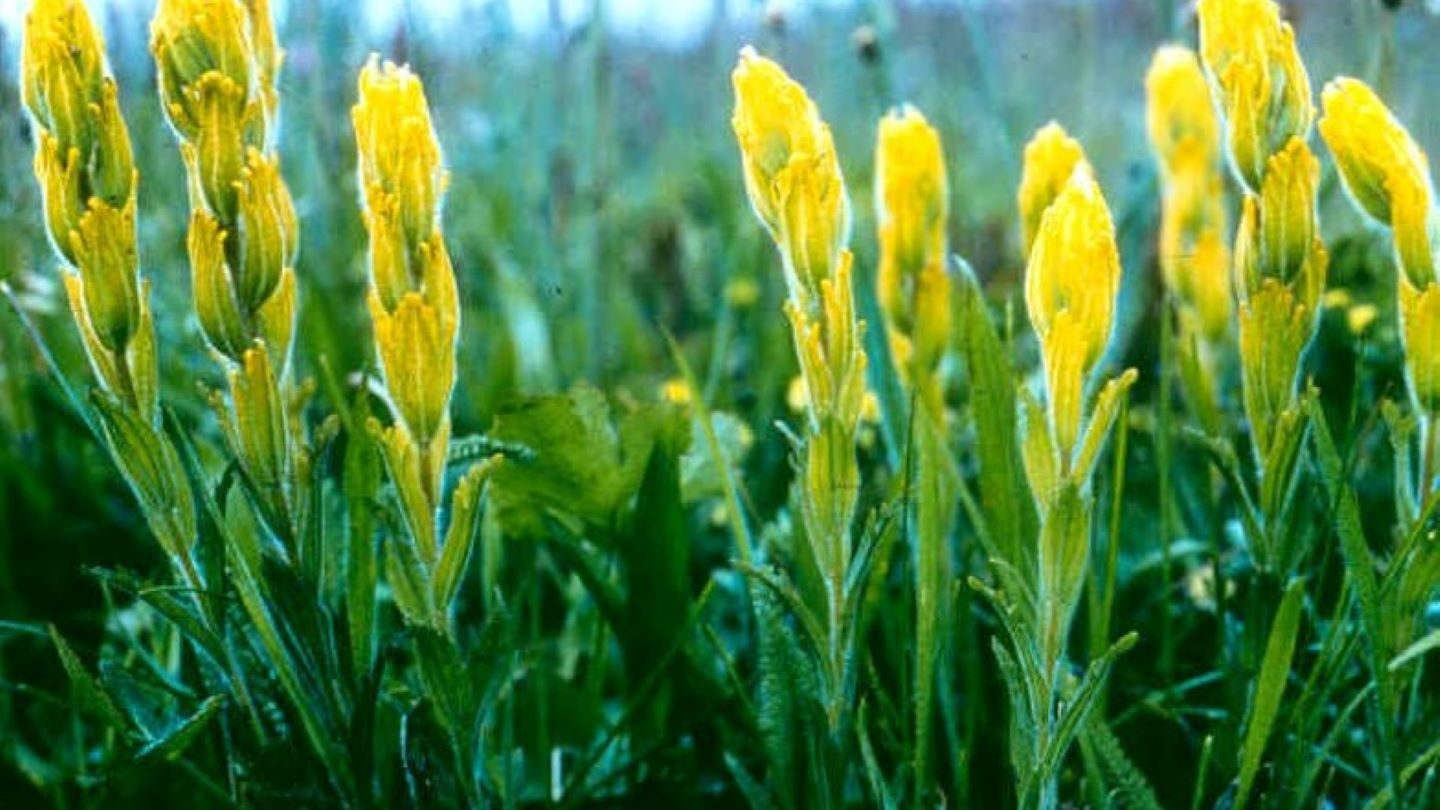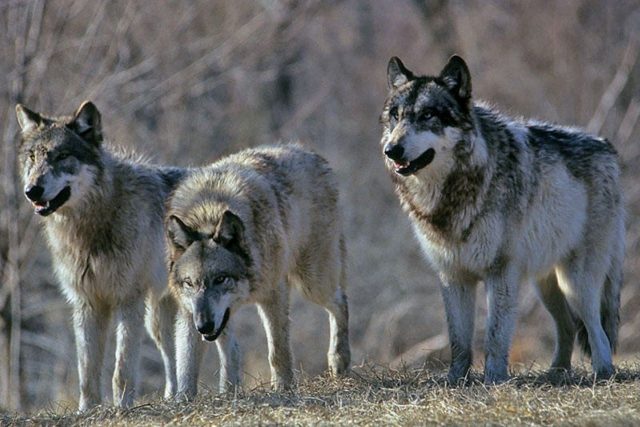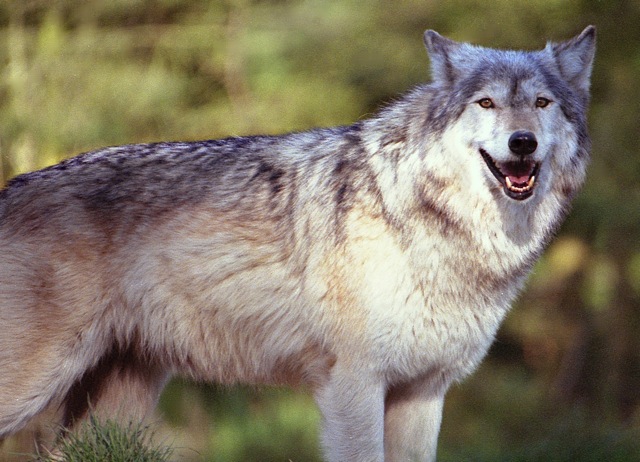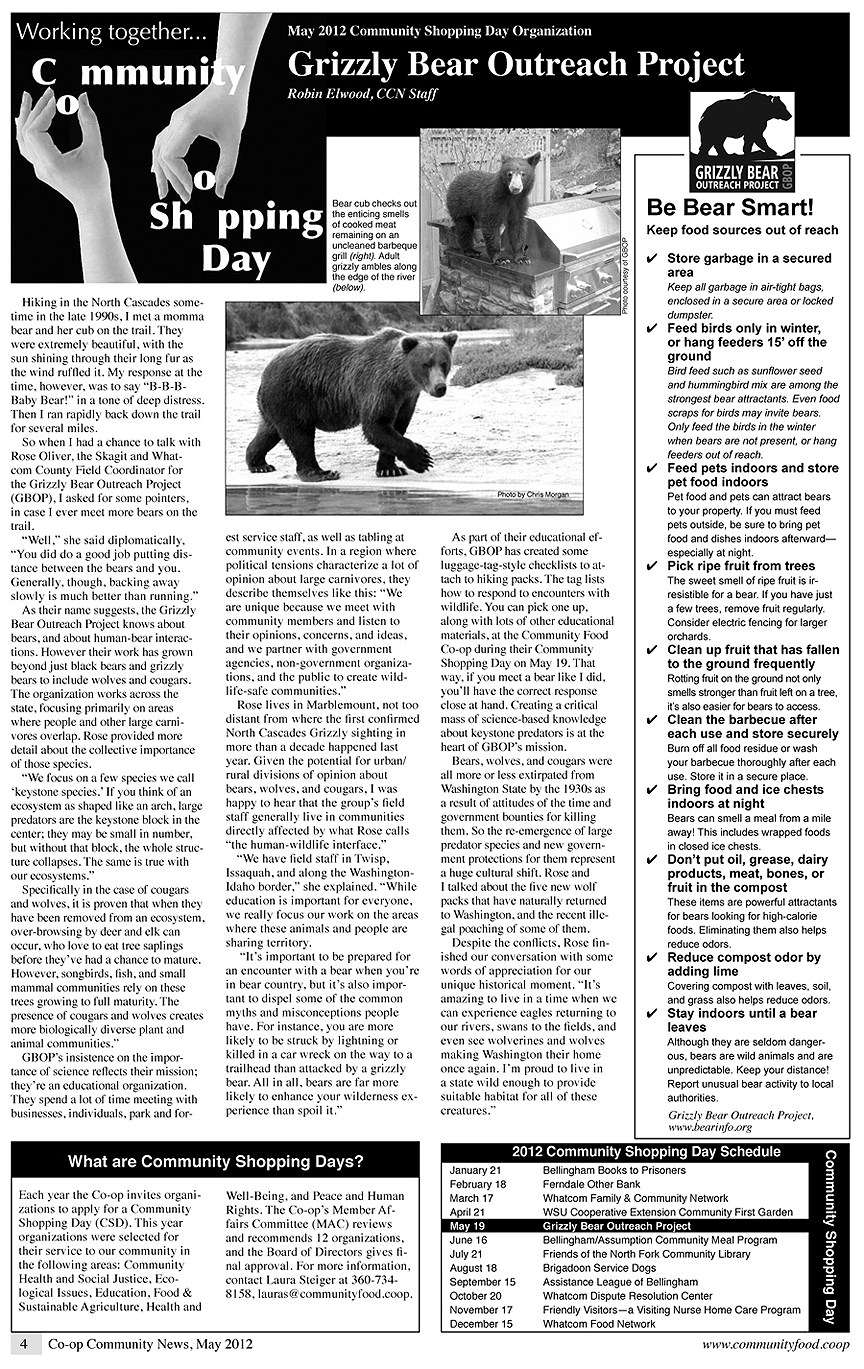
Being at the top of the food chain means that apex predators such as bears, wolves and cougars can be easily toppled when the biological foundations of their ecosystems collapse. Maintaining healthy habitats for these keystone species protects countless other species that share the landscape with them.
While the full long-term impacts of climate change on different ecosystems are difficult to predict, there are a number of likely scenarios that we can be aware of and manage for today:
- Rainfall and the availability of water will shift. Rising temperatures will result in smaller snowpacks and earlier snowmelt. This will result in shortages of mid- to late-summer water supplies and shifts in the availability of carrion.
- Vegetation patterns are already shifting, resulting in migration of prey to new areas and the local elimination of various plants that carnivores and their prey rely on for food.
- Warmer temperatures will allow diseases to spread into new areas where the resident wildlife has not had the opportunity to develop resistance. This is already occurring with blister rust and other vegetative diseases attacking many northern tree species, and a spread of dangerous nematodes among muskoxen in northern Canada.
- The speed of temperature changes will stress many species before they are able to adapt to the new conditions. This will weaken species that are not able to move to newly created, more suitable habitat and will reduce biodiversity, thus reducing resilience in many ecosystems.
What is Landscape Connectivity?
The more diverse an ecosystem, the better equipped it is to deal with environmental changes in the environment. Reducing human impacts such as roads and other developments in wilderness areas keeps habitat from getting fragmented into unusable parcels, slows the incursion of invasive species, and more. Scientists have found that large carnivores do better when they have expansive ranges for finding food and are able to move freely between landscapes to follow prey and other food sources.
For large carnivores to overcome climate-related challenges, they need big, connected tracts of suitable habitat. This will become even more critical as climate change progresses and the alterations in landscapes become more extreme. In fact, according to the Washington Wildlife Habitat Connectivity Working Group, “maintaining connectivity is the single most frequently recommended strategy to reduce the threat of climate change to biodiversity.”
Animals, particularly large ones, need two types of movement. As individuals, they need to be able to move freely within their home range in order to meet the needs for their daily survival – finding food, shelter and a mate. As a species, they also need movement outside of that home range and into other suitable habitat to share genes with other populations to avoid inbreeding and for young males to disperse and create new home ranges.
Human impacts have already made both types of movement more difficult for large carnivores such as bears, cougars, and wolves. Roads, housing developments and forest clear-cuts have fragmented once-intact habitat for wildlife. These incursions into wild lands have also increased human-wildlife conflict, causing an increase in lethal control measures used on predators.
Even if an animal’s core habitat is still intact and allows movement within a home range, human development surrounding the habitat can create an “island effect.” This means that the animal or its offspring can’t reach another area to establish new territory or share genes with another population, or travel to find food if climate change makes its current range uninhabitable. Therefore, it is critical that we preserve corridors between wild landscapes that will allow large predators to seek out suitable habitat if their old ranges stop meeting their needs.
Large Carnivores Mitigate Climate Change

The snowpack in mountainous areas is already melting earlier every year as a result of climate change. This, combined with warmer air temperatures, allows plants to begin sprouting earlier in the spring. While this is great news for the elk and deer that feed on those plants, it is not so great for the scavengers.
Longer winters are more stressful for wildlife, and as the winter lingers on, more animals succumb to starvation. This means that in late winter and early spring, there is an abundance of carcasses for the scavengers to feed on. Earlier sprouting and earlier exposure of plants provides food to browsers and grazers before they reach this critical point.
In the absence of predators, earlier melt will cause fewer carcasses to be available, and scavengers such as bald eagles, ravens and coyotes that rely on that source of meat to make it through the last bit of winter will go hungry. Wolves and cougars continue to provide those carcasses through their hunting, and provide a bridge to late spring and summer when more food is available.
Wolf kills have also been found to provide nutrient “hot spots” on the landscape in studies done on Isle Royale in Minnesota. The soil at these kill sites have 100 – 600% more nitrogen, potassium and phosphorus than surrounding areas, and plants growing on these sites have as much as 47% more nitrogen in their leaves. It can be expected that kills by other predators have the same benefits to the surrounding ecosystem, creating more robust plant communities that will be able to withstand climate-related changes in the environment.
Looking to the Future
Climate change is forcing a whole new approach to wildlife management. Whereas past practice was to try to maintain or restore some historical baseline, that approach is no longer relevant. An area that has provided ideal habitat for wolves or grizzly bears for thousands of years may never be able to support them again, and landscapes that have never held these species may suddenly become critical habitat for them.
Even our national park boundaries may soon be irrelevant in terms of maintaining the mix of species they are currently protecting. What this means is that we need to look beyond single management units. We need to maintain many healthy, functioning ecosystems, and provide good connectivity between them to allow flora and fauna to redistribute to suitable locations.
The future of wildlife management is going to require nimble strategies that can adapt to unforeseen changes. It will be necessary to regularly monitor wildlife populations, track the movements of prey species and the vegetation they feed on, and adjust management regimes to new realities. By using a flexible approach to the management of large carnivores and their habitats, we can lay the foundation for sustainable populations of these species to thrive through a changing climate.





